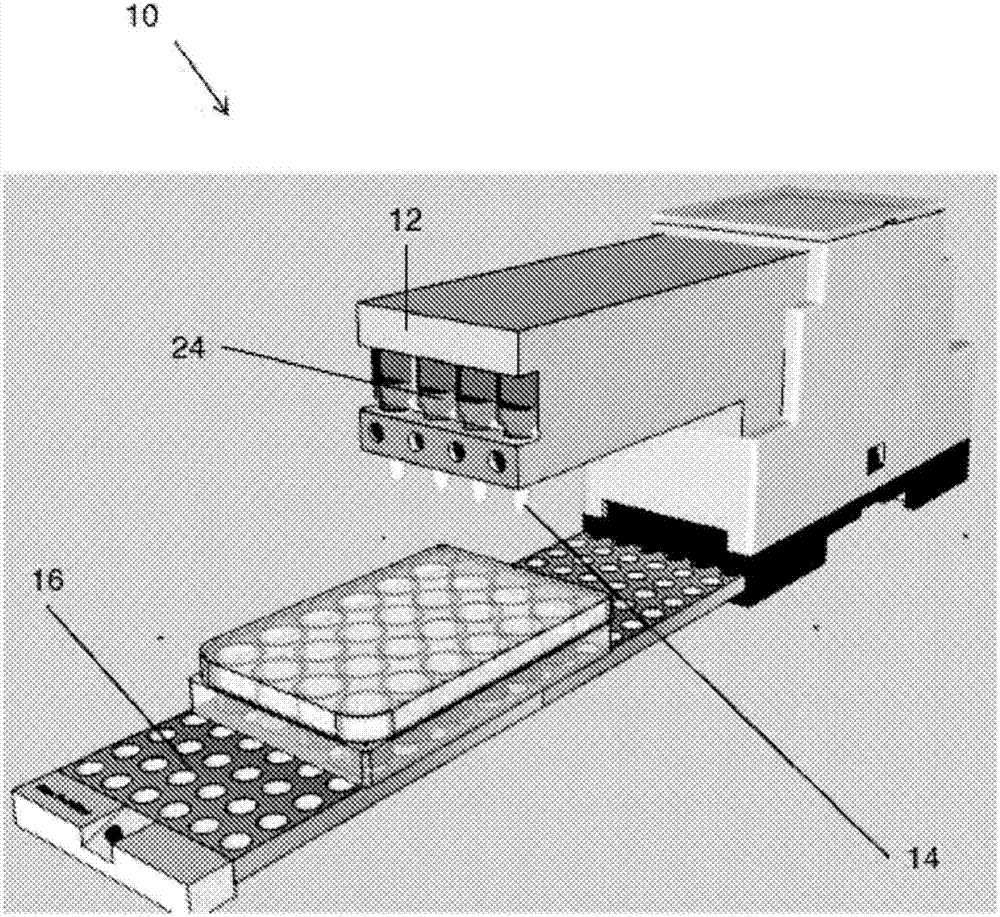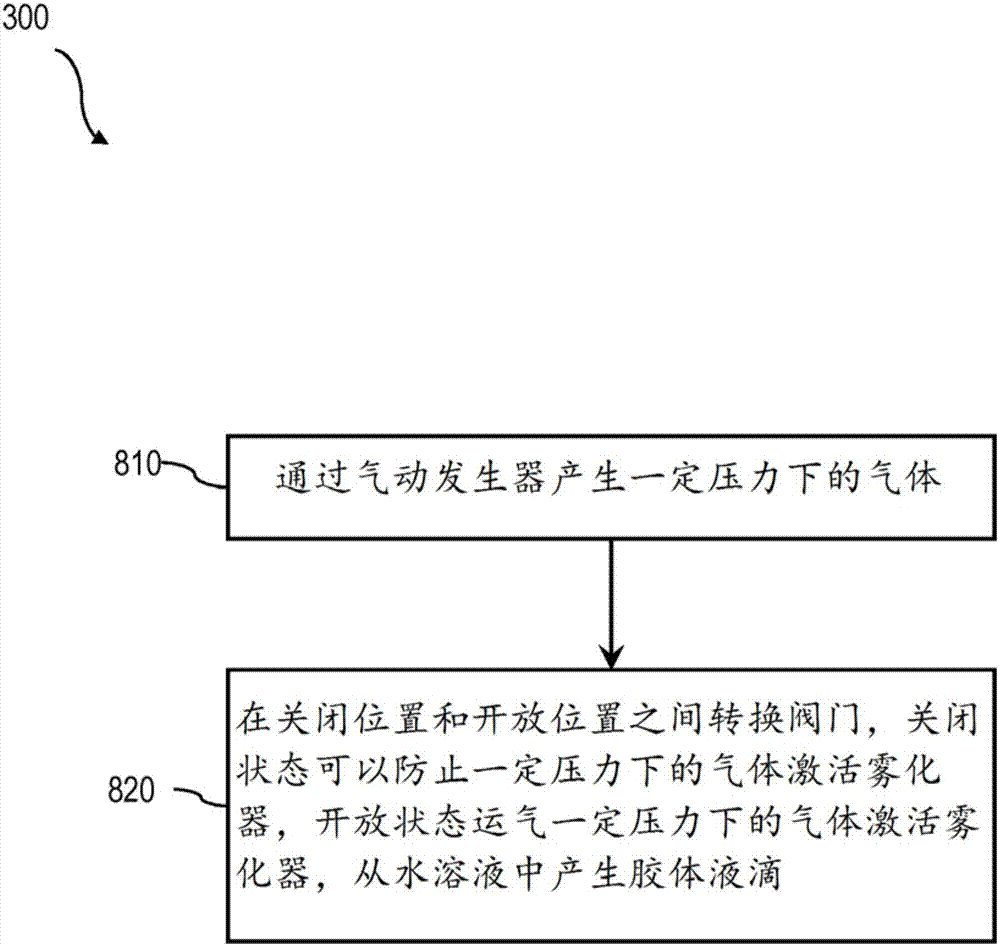Delivery across cell plasma membranes
A cell plasma membrane and cell technology, applied in animal cells, cell culture medium, vertebrate cells, etc.
- Summary
- Abstract
- Description
- Claims
- Application Information
AI Technical Summary
Problems solved by technology
Method used
Image
Examples
Embodiment 1
[0228] Example 1: Development of Technology
[0229] The delivery of molecules into living cells is highly desirable in a variety of applications. In general, the types of molecules involved can be classified according to molecular weight: (i) small chemical molecules, usually with an average molecular weight of <1,000 Da; (ii) peptides, usually with an average siRNAs typically have an average molecular weight of about 15,000 Da; (iv) antibodies typically have an average molecular weight of about 150,000 Da; and (v) nucleic acids, such as DNA, typically have an average molecular weight of about 5,000,000 Da.
[0230] Various approaches are taken to deliver molecules across the plasma membrane into cells, each depending on the size and chemical nature of the molecule to be delivered. Organic solvents, such as dimethyl sulfoxide, have been used to deliver small chemical molecules. While these molecules are based on the effect of DMSO on the plasma membrane, which is still uncl...
Embodiment 2
[0242] Function according to the invention to transport molecules with an average molecular weight up to 15,000 Daltons across the plasma membrane.
[0243] In this example, FITC-labeled siRNA molecules with an average molecular weight of 15,000 Da were delivered into cells using the subject apparatus. The siRNA molecule is introduced into a composition which is an aqueous solution comprising 32mM sucrose, 12mM KCl, 12mM ammonium acetate, 5mM hepes, pH approximately 7.4, 20, 30 or 40% (v / v) ethanol; and 6.6 micromolar to transfer molecules; forming a matrix. One microliter of matrix was delivered to an area of 0.065-0.085 cm2, thereby bringing the matrix into contact with the plasma membrane of the cells, either directly with a micropipette or using the apparatus described here. The relative amount of the molecule to be delivered (fluorescence value) and the viability of the cells (viable cell mass) were evaluated and expressed as a percentage. The results are shown in F...
Embodiment 3
[0246] The effect of the present invention is to transport molecules with an average molecular weight up to 1,000 Daltons across the plasma membrane.
[0247] In this example, propidium iodide molecules with an average molecular weight of 668 Da were delivered into cells using the methods of the subject matter. The molecule is introduced into a composition which is an aqueous solution comprising 32mM sucrose, 12mM KCl, 12mM ammonium acetate, 5mM hepes, pH approximately 7.4, 20 or 40% (v / v) ethanol; and 150 micromolar to deliver the molecule; form the matrix. 1 microliter of matrix was delivered to an area of 0.065–0.085 cm2, thereby bringing the matrix into contact with the plasma membrane of the cells, either directly with a micropipette or using an instrument as described herein. The results are shown in Figure 4 middle.
[0248] Such as Figure 5 As shown, delivery of molecules with average molecular weights up to 668 Da in the matrix by methods described in the subj...
PUM
| Property | Measurement | Unit |
|---|---|---|
| Average molecular weight | aaaaa | aaaaa |
| Average molecular weight | aaaaa | aaaaa |
| Average molecular weight | aaaaa | aaaaa |
Abstract
Description
Claims
Application Information
 Login to View More
Login to View More - R&D
- Intellectual Property
- Life Sciences
- Materials
- Tech Scout
- Unparalleled Data Quality
- Higher Quality Content
- 60% Fewer Hallucinations
Browse by: Latest US Patents, China's latest patents, Technical Efficacy Thesaurus, Application Domain, Technology Topic, Popular Technical Reports.
© 2025 PatSnap. All rights reserved.Legal|Privacy policy|Modern Slavery Act Transparency Statement|Sitemap|About US| Contact US: help@patsnap.com



